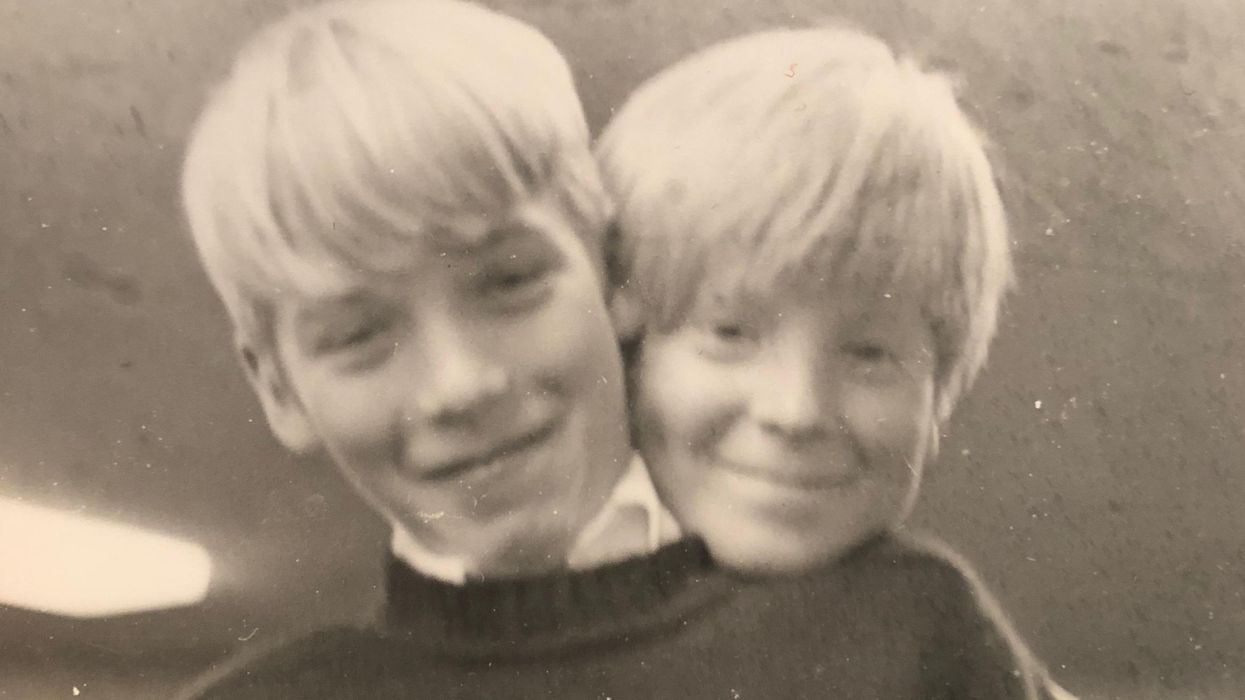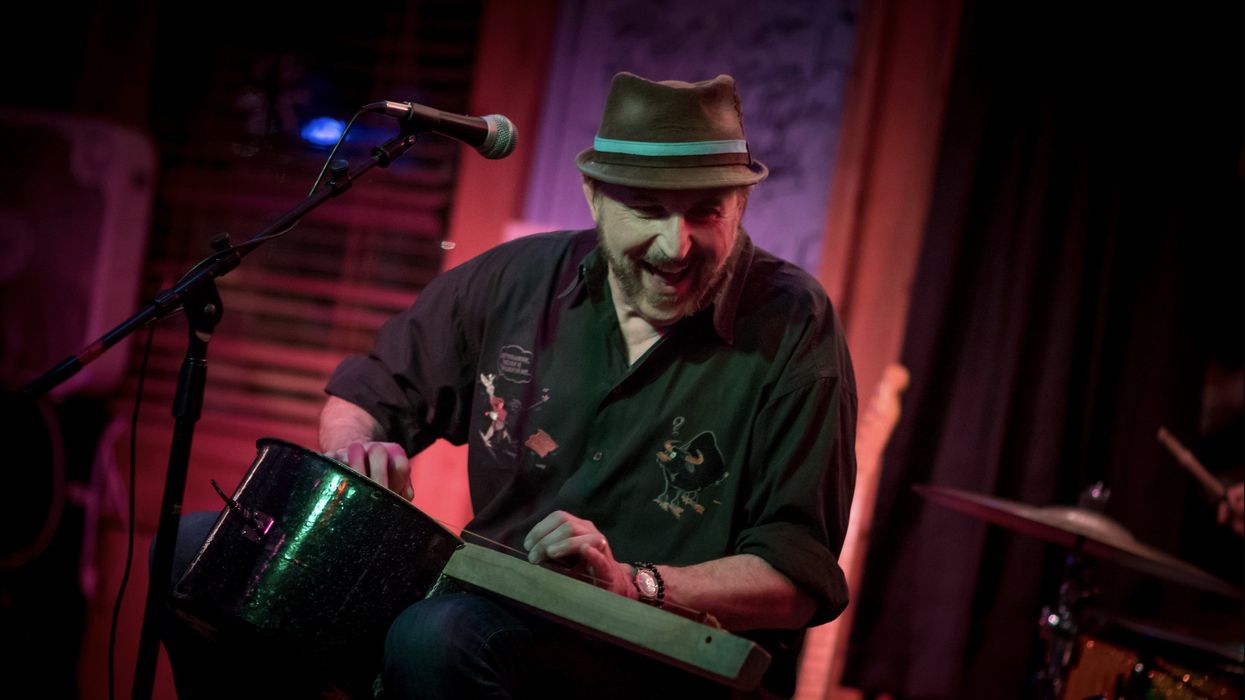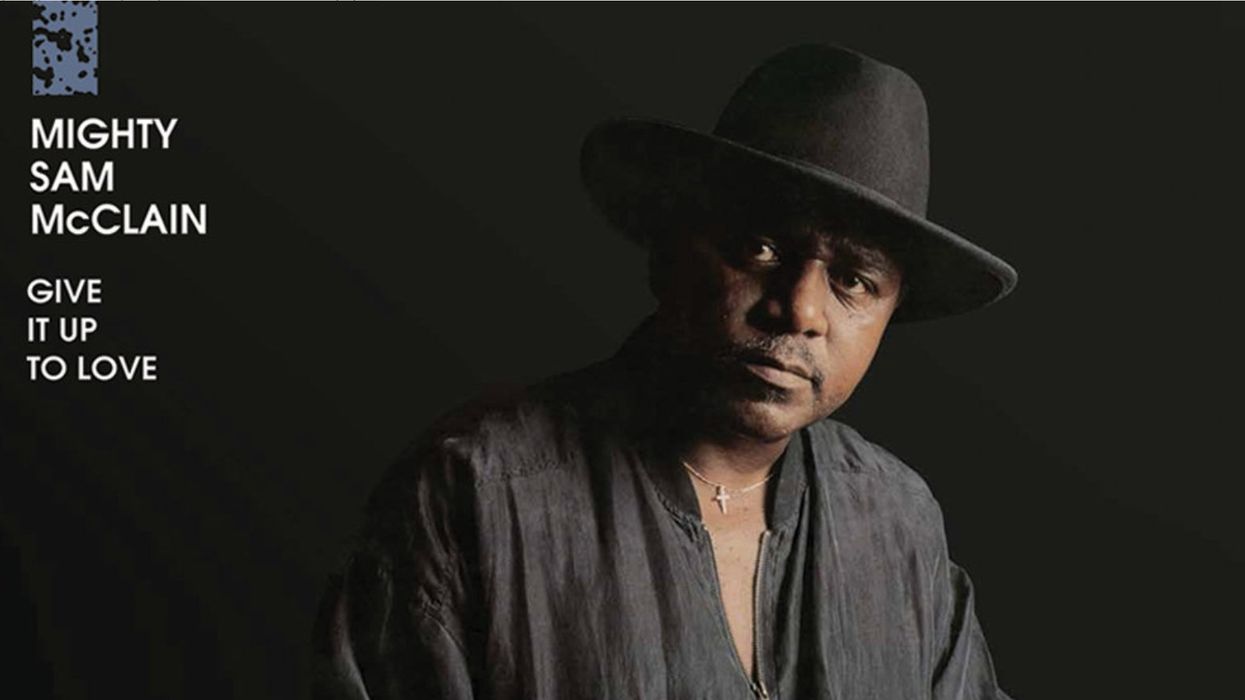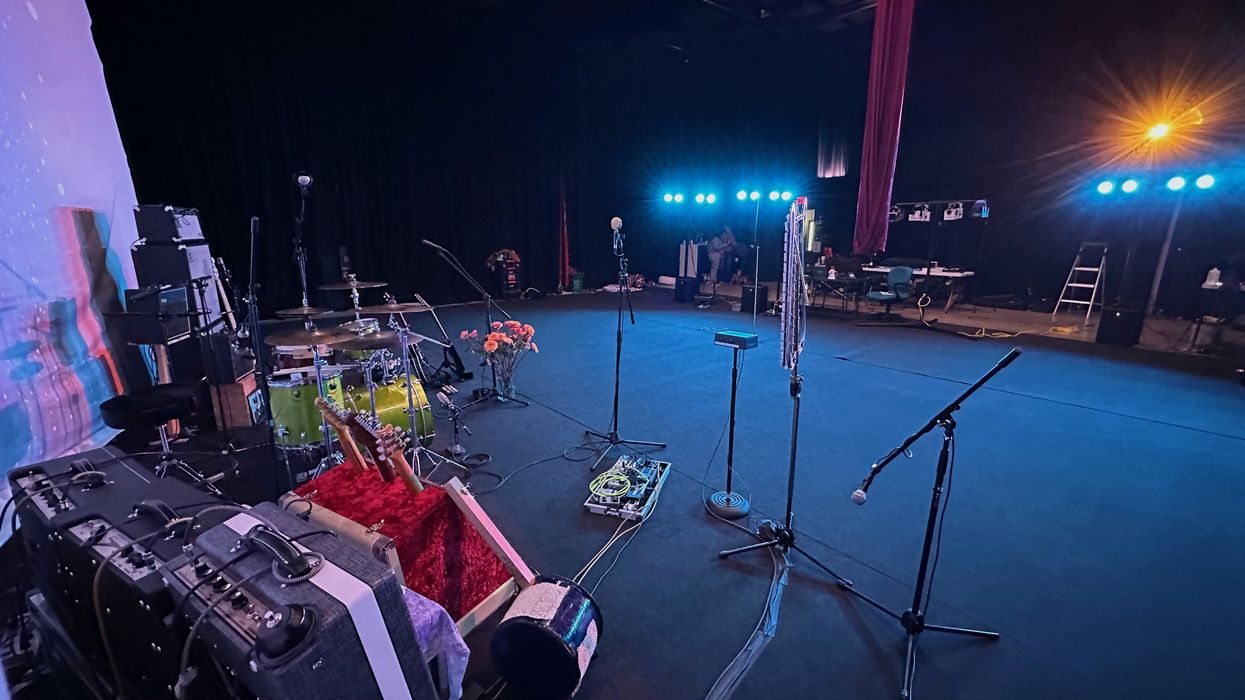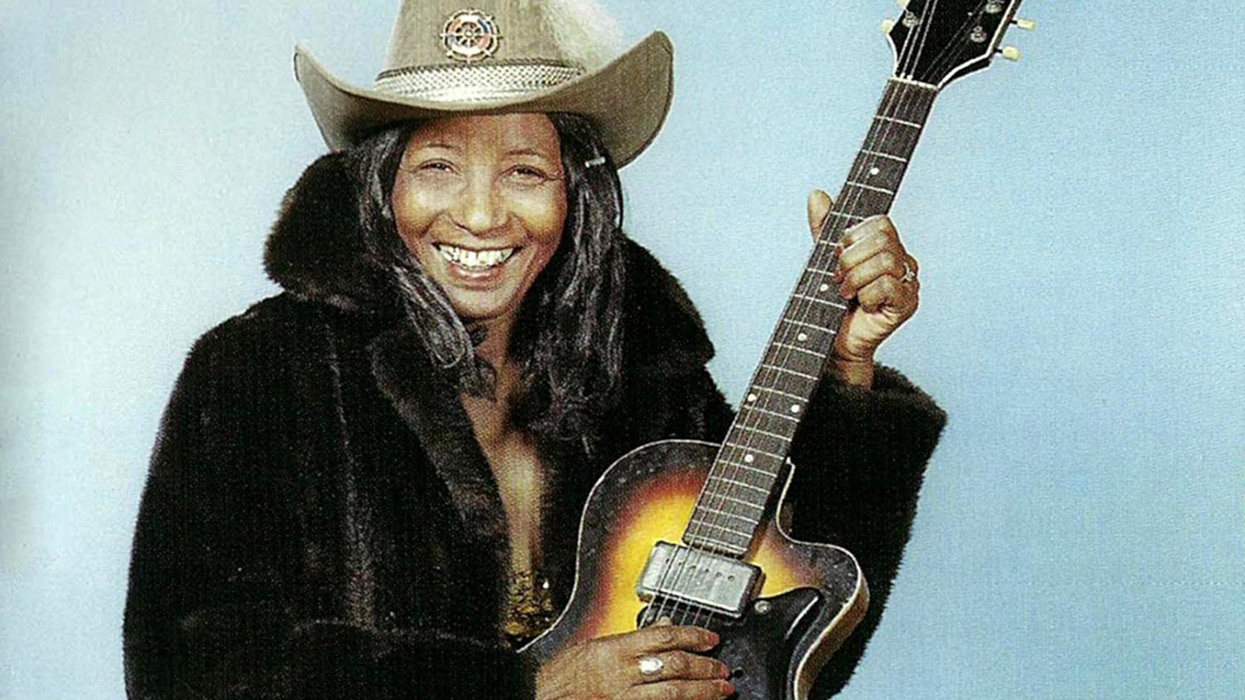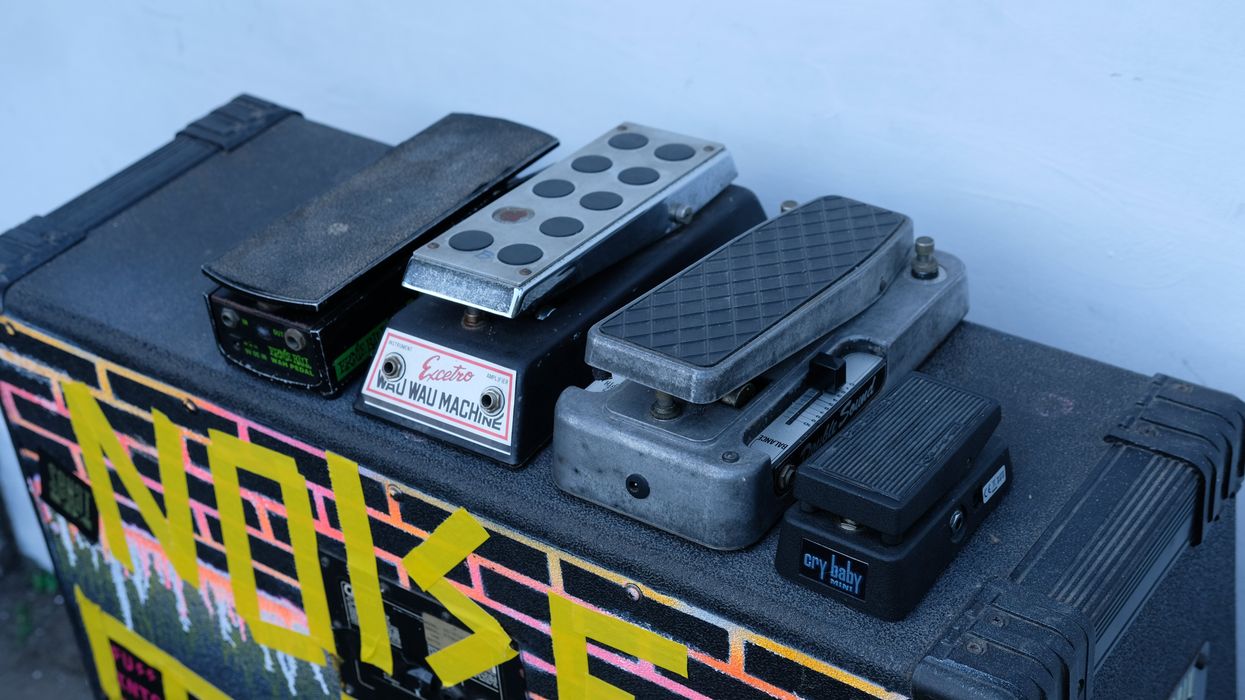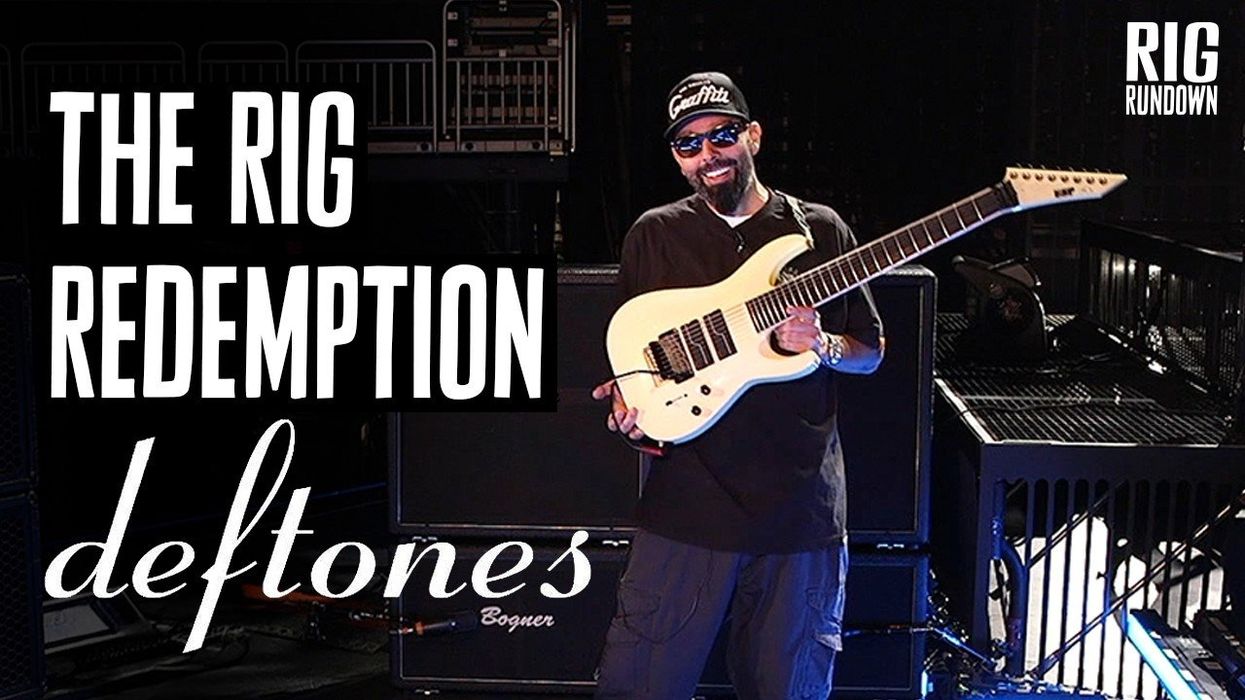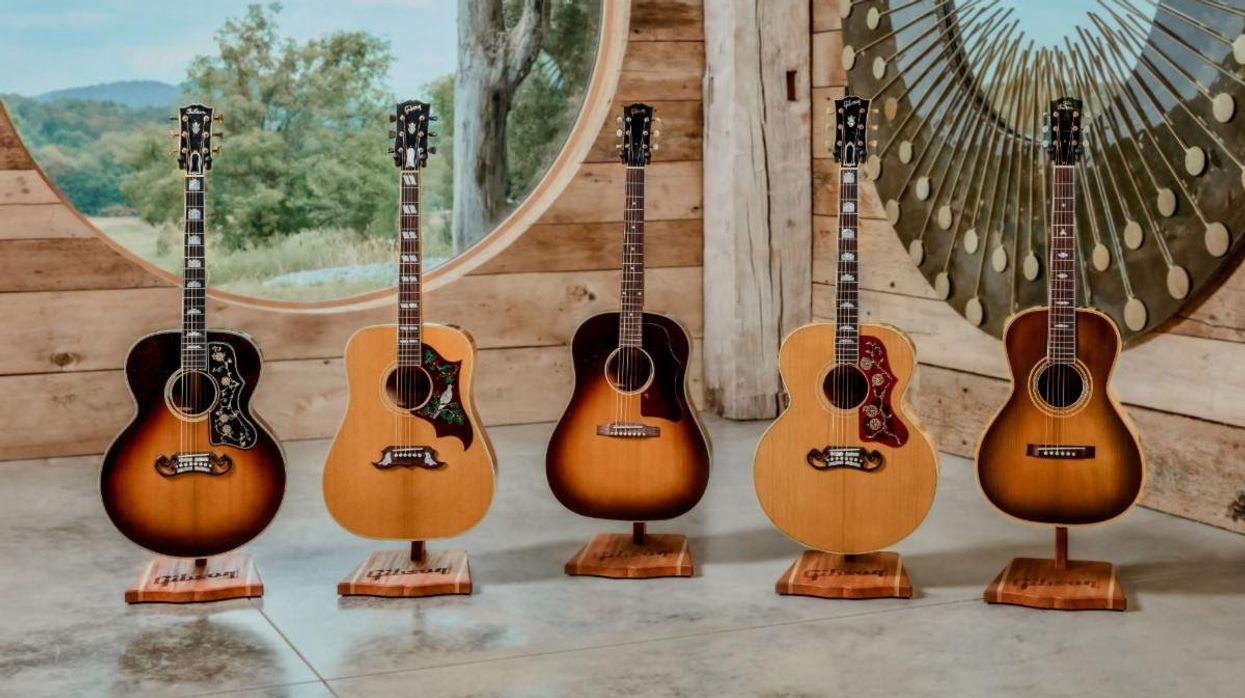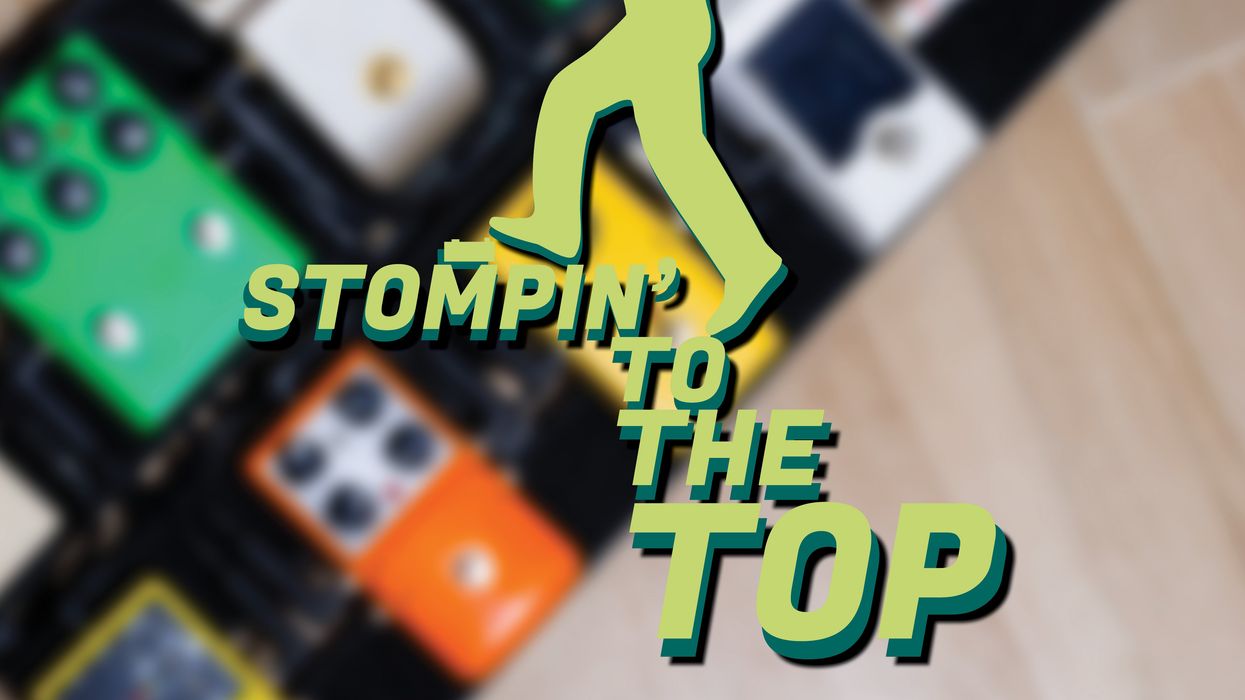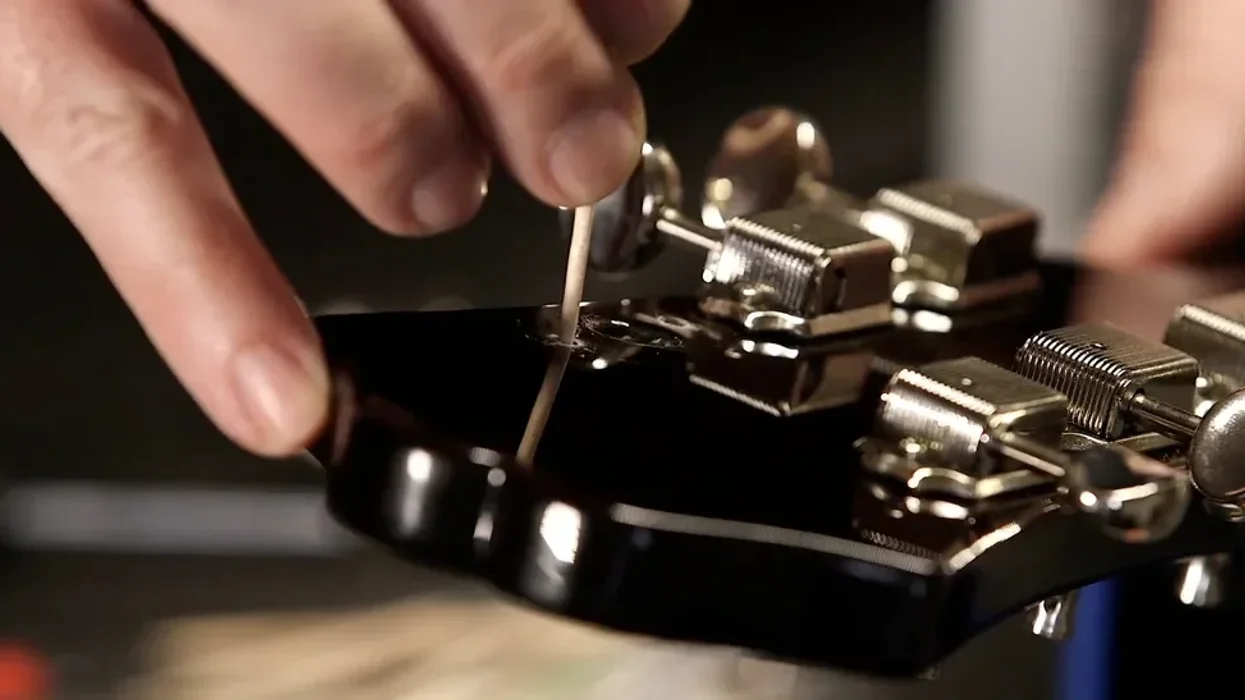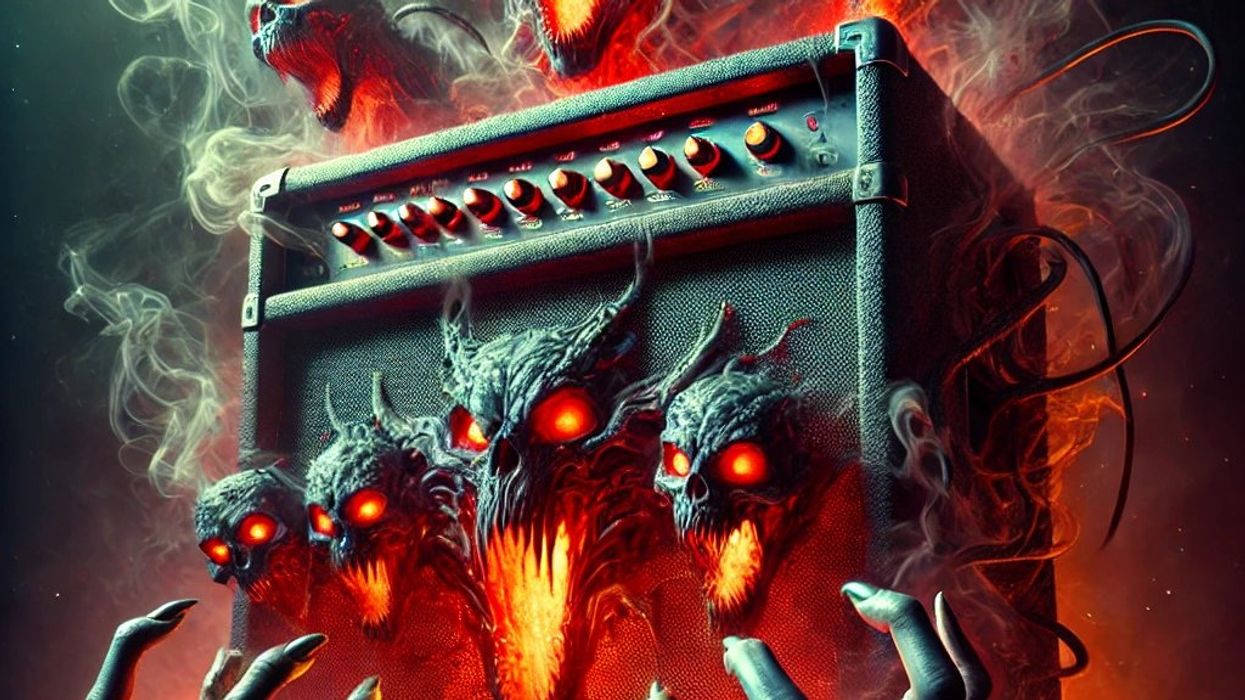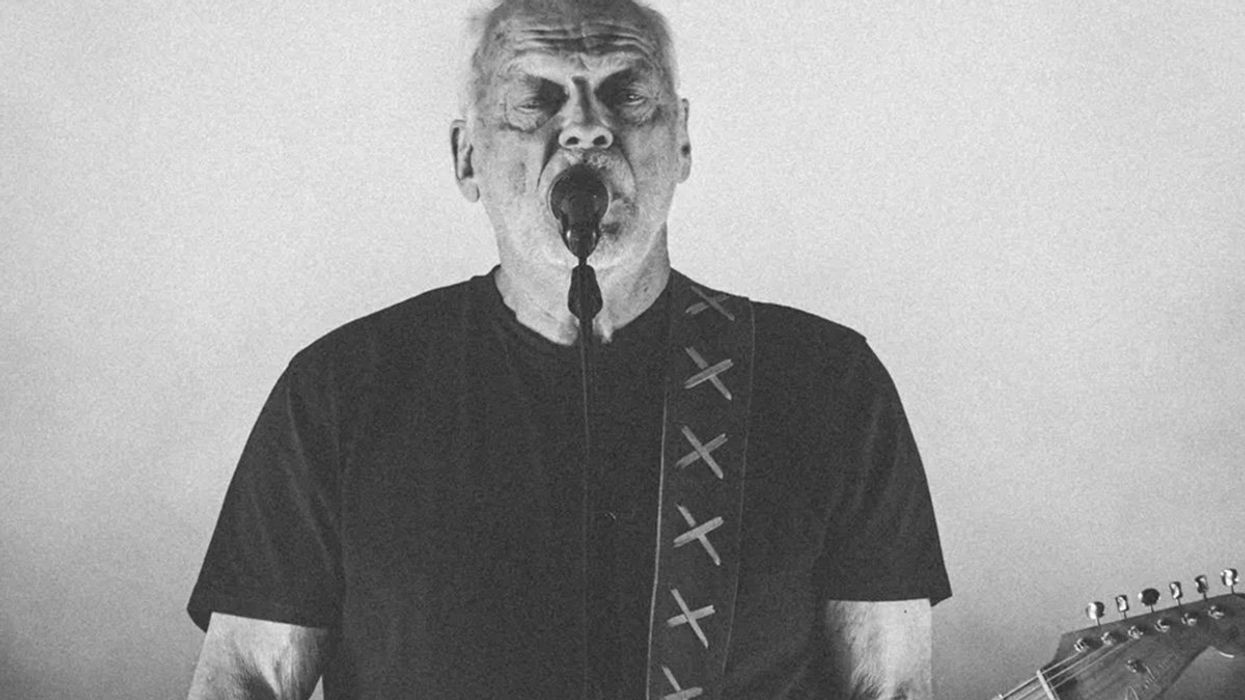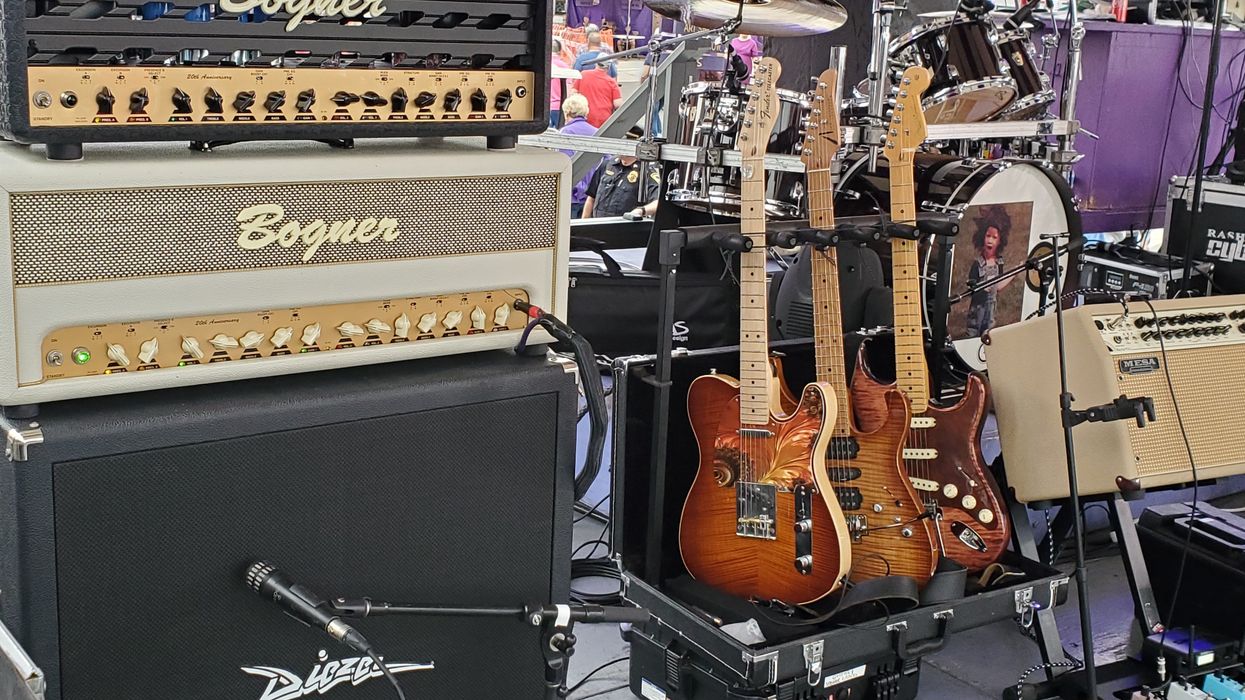It’s kind of morbid, but for years now I’ve been saving a bookmark to an article recapping Australian nurse/author Bronnie Ware’s main takeaways from the years she spent caring for elderly patients at the end of their lives. Ware chronicled the experience in her book The Top Five Regrets of the Dying, but even the brief recap is worth a read no matter where you’re at in life. One of the regrets she mentions stands out to me right now.
Often [the patients] would not truly realize the full benefits of old friends until their dying weeks and it was not always possible to track them down. Many had become so caught up in their own lives that they had let golden friendships slip by over the years. There were many deep regrets about not giving friendships the time and effort that they deserved. Everyone misses their friends when they are dying.
As I mentioned a while back, 2019 was a pretty shit year for me. Even now, in the midst of what seems like an interminable pandemic, it still stands as the worst of my life, in part due to the unexpected passing of my mom. Even so, it still had its bright spots. While back in my old stomping grounds in Provo, Utah, to prep for the funeral, I was driving up the road from mom’s house one day when I passed the home where an old friend used to live. We’d met in fourth grade, and it had been 35 years since I’d seen or heard from him. I had no idea if his mom still lived there, but I noticed a pickup parked out front. As I got closer I noticed someone was sitting on the driver’s side, so I slowed to get a good look. He appeared to be about my age, with orange hair. Shit, could it be Brandon—the kid who’d moved to town from Arizona and picked up guitar about the same time I did? (He got a black Yamaha S-style with rad matching hockey-stick headstock about the same time I got my ’83 Strat, when we were in seventh grade.)
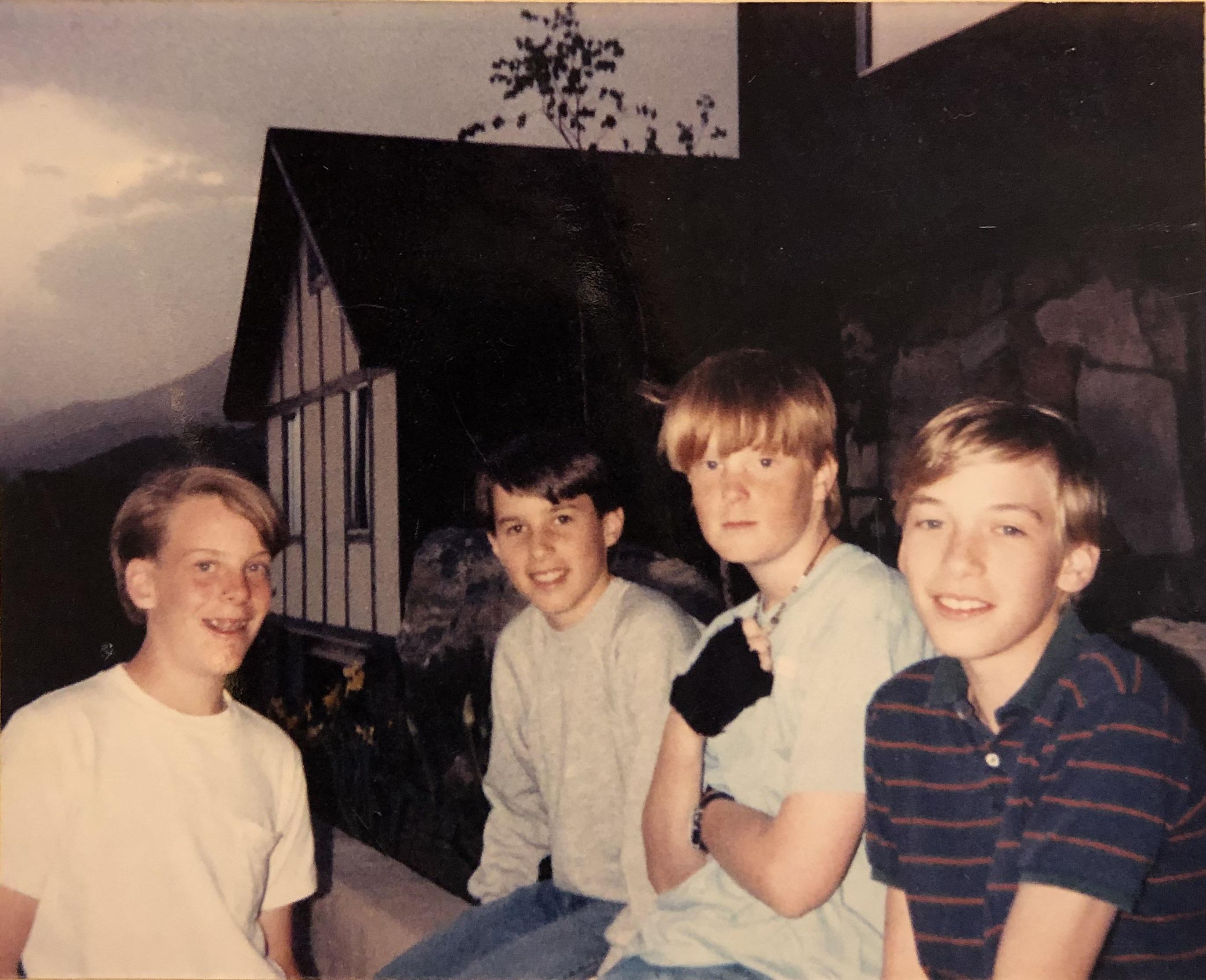
I flipped a U-turn, parked across the street, and shouted to the man now headed up a long, steep driveway. Dude was tall. Probably a foot taller than the last time I’d seen him. But there was no mistaking it. It was my old skating/guitar/getting-into-trouble pal of yore, going to check on his mom (who used to lovingly call us “little shits”).
We spent the next 40 minutes catching up on the side of the road. I was stoked to hear Brandon was still a guitar nut. Among other things, we bored my wife and sons (and his mom) with gear and band talk before exchanging phone numbers and saying goodbye. We both had stuff to attend to.
Shit, could it be Brandon—the kid who’d moved to town from Arizona and picked up guitar about the same time I did?
I had no idea what would happen from there. We’ve all had those run-ins where both sides say, “We should stay in touch” or “Let’s do lunch,” or whatever, but nothing ever comes of it. But within hours, Brandon and I were texting back and forth, reminiscing about past escapades—skating across town to tear it up on the local university campus … mush-balling passing cars from a vacant lot at night, only to be caught minutes later by a guy who, luckily, didn’t beat us to a pulp….
Since then, hardly a week goes by that one of us doesn’t reach out to see how the other’s doing. Sometimes we yak about job or family stuff. Sometimes it’s totally random. More often than not, it’s guitar-nerd ridiculousness. I’ll send Brandon pics of various Gretsch Jets or Penguins I’m lusting after. He’ll respond with covetous blurbs about that week’s Les Paul obsession. It would probably be stomach-turning to someone who doesn’t play this 6-string thing we’re all suckers for. All I know is I’m glad we reconnected that day, Brando. Ms. Ware was right. Work and the daily grind will always be there, but we need our friends—especially the ones who happily put up with our inner dork and respond in kind.
